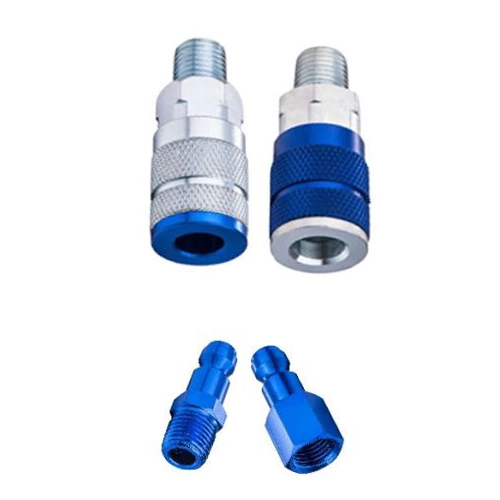What are the key elements in CNC parts processing?
There are several key elements involved in the machining process of CNC parts, which together determine the efficiency, quality and cost of machining. Here is a summary of these key elements:
First, drawing design
Importance: Drawings are the key technical documents that provide the geometric dimensions, shape information, machining process, quality requirements and design intent of the parts. It is a bridge between the designer and the parts manufacturer.
Key elements: Drawings must contain dimensional and geometric requirements (such as linear dimensions, angles, straightness, flatness, etc.), material specifications, tolerances, surface requirements (such as roughness, finish), assembly requirements, quantities, graphic representations, part legends, and other necessary parameters.
Second, material selection
Importance: The choice of materials directly determines the performance, quality, cost, processing difficulty, mechanical properties, corrosion resistance, stability and other characteristics of the parts.
Key elements: It is necessary to consider the rigidity, processing performance, rust resistance and cost of the material to meet the technical requirements of the product and environmental requirements.
Third, equipment selection
Importance: The correct selection of suitable CNC machine tools and tools directly affects the quality, efficiency and cost of processing.
Key elements: Select the right machine tools and tools according to the characteristics of the parts and processing requirements. For example, precision parts require high-precision machine tools and tools.
Fourth, process planning
Importance: Process planning covers cutting parameters, machining sequence, clamping scheme, etc., which is the basis for ensuring efficient, accurate and stable machining process.
Key elements: including reasonable cutting parameter Settings (such as cutting speed, feed speed, depth of cutting), optimization of machining sequence, as well as the stability and reliability of the clamping scheme.
Fifth, processing parameter setting
Importance: Machining parameter Settings directly affect machining quality, efficiency and tool life.
Key elements: including cutting speed, feed speed, cutting depth and other parameters adjustment. Different materials and geometric shapes require different machining parameters, so the proper setting of machining parameters can maximize the performance of equipment and tools.
Sixth, fixing and clamping
Importance: Correct fixing and clamping can prevent the movement, vibration and deformation of parts to ensure the consistency of processing accuracy.
Key elements: Select the appropriate fixture and clamping method to ensure that the parts are stably fixed on the machine tool during processing.
Seventh, tool path planning
Importance: Tool path planning directly affects machining efficiency, quality and tool life.
Key elements: including the planning and optimization of the cutting path to reduce unnecessary movement and repeated machining, reducing processing time and costs. At the same time, it is also necessary to consider avoiding fixture interference and minimizing machine vibration.
Eighth, testing and quality control
Importance: Inspection and quality control are the key links to ensure that the quality of parts meets the design requirements and quality standards.
Key elements: Use measuring instruments and other equipment to monitor the quality of processing in real time, and early detection of problems in processing through regular inspection and testing. In addition, it is necessary to fully monitor the processing process and adjust the processing parameters and processes in a timely manner to correct problems.
Ninth, communication and coordination
Importance: The process involves close collaboration and information exchange between multiple links and teams.
Key elements: Clear communication and coordination ensures that processing requirements, processes and quality standards are aligned at all levels. Regular communication helps to avoid misunderstanding of information and timely adjustment of unreasonable processing plans and processes.
Tenth, operator skills and experience
Importance: The skills and experience of the operator have a direct impact on the efficiency and quality of the process.
Key elements: Skilled operators are able to master the operating skills of the machine faster and understand the machining process and programming requirements more accurately, thus reducing operational errors and adjustment time.
In summary, the key elements in the machining process of CNC parts include drawing design, material selection, equipment selection, process planning, processing parameter setting, fixing and clamping, tool path planning, testing and quality control, communication and coordination, and operator skills and experience. Together, these factors determine the efficiency, quality and cost of processing.





